Grumbling about "stated dimensions"
Melissa Northern Italy zone 8
7 years ago
Featured Answer
Sort by:Oldest
Comments (41)
Sheila z8a Rogue Valley OR
7 years agonikthegreek
7 years agoRelated Discussions
Grumbling about grubs, have ants in the pants...
Comments (3)Boiling or nearly so, water poured into an ant hill will take care of that one. But you wouldn't want to use that treatment if the anthill is among your favourite plants! Next best is grits, spread out on a tray and misted with room temperature sugar water, about the same proportion you would mix for the Hummers. Allow the grits to dry and then sprinkle them around the anthill. The ants eat the sugarcoated grits, it swells in their innards and they explode! Cruel, to be sure, but all of the fire ant treatments use grits as a basic ingredient, to do exactly the same thing. I have never had enough grubs and millipedes to consider them a nuisance, so haven't ever treated for them. Slugs and snails only feast on my Toad lilies (Tricyrtis), so I invest in a small bag of Sluggo every few years. I think it is probably one of the best Eco-friendly formulas on the market. One treatment per year is usually sufficient. I have a bird friendly, woodland habitat, so I don't use chemicals, if they can be avoided. The toxins could very well wind up as a portion of our feathered friend's meal! Rb...See MoreDespite my grumbling, garden looks great
Comments (7)Carol,I'm not far from you and am finding the same thing which is a surprise. I had a garden club here today to tour the gardens and I was holding my breath that things would still be blooming but even the hydrangeas are still going strong and it's been in the 90s for pete's sake.I agree with you,it has to be all the rain we've had. Glad you're enjoying your gardens so much this season..sounds like you've put a lot of time and effort into them from some of your past posts....See MoreGrumbling about crabapples!
Comments (16)Alicia, I think you are using a good tree service. It's harder to find them than you would think, so keep a good relationship with them. The tree forum has many posts from people who weren't happy with the job their tree service did. Did Arvada tree service treat or prune out the limbs on the right side of the 2006 picture? Those limbs look like goners, but in the after pictures they look healthy. I'm curious how they handled that. The only other things I can think of are keeping a wide swath of mulch around the tree, a couple of feet from the trunk, but keep the mulch a few inches away from the trunk of the tree. It looks like there were some pavers around the base of the tree in the 06 photo, which I think generally is not a good idea. To clarify, if the pavers were put in when the tree was planted that's probably ok, the roots will find their way around (under) them, but plopping pavers over an existing root system is not a good idea. Water during times like the last 2 months here. You should know before taking advice from me, that I've only been planting trees for 5 years and have made some really embarrassing mistakes while learning. Most of what I've learned has come from folks like Dan on the tree forum. Your tree is in it's prime and you are taking good care of it. Like Dan said, you can plan on getting another good 5-10 years from this tree and then you can plan for it's replacement. Take advice from Skybird and Dan to the bank and know what I say comes mostly from books I've read. Dseiber, your post cracked me up. A good description of the cycle of life. Goose cr@@ makes the world go round! Barb...See MoreBER, grumble grumble
Comments (1)The BER likely pre-dated the free 3-inch rainfall. In other words, take a close look at how you're irrigating to determine why it isn't adequate....See MoreMelissa Northern Italy zone 8
7 years agolast modified: 7 years agomustbnuts zone 9 sunset 9
7 years agolast modified: 7 years agojacqueline9CA
7 years agosultry_jasmine_nights (Florida-9a-ish)
7 years agolast modified: 7 years agoKelly Tregaskis Collova
7 years agojacqueline9CA
7 years agoingrid_vc so. CA zone 9
7 years agoMelissa Northern Italy zone 8
7 years agoVicissitudezz
7 years agoC Curry USA zone 6B
7 years agolisanti07028
7 years agocatspa_NoCA_Z9_Sunset14
7 years agolast modified: 7 years agoSpectrograph (NC 7b)
7 years agoingrid_vc so. CA zone 9
7 years agoAnne Zone 7a Northern CA
7 years agoC Curry USA zone 6B
7 years agomad_gallica (z5 Eastern NY)
7 years agoUser
7 years agomustbnuts zone 9 sunset 9
7 years agoC Curry USA zone 6B
7 years agojacqueline9CA
7 years agoSpectrograph (NC 7b)
7 years agoKelly Tregaskis Collova
7 years agocatspa_NoCA_Z9_Sunset14
7 years agolast modified: 7 years agoSpectrograph (NC 7b)
7 years agocatspa_NoCA_Z9_Sunset14
7 years agoSpectrograph (NC 7b)
7 years agocatspa_NoCA_Z9_Sunset14
7 years agolast modified: 7 years agojacqueline9CA
7 years agocatspa_NoCA_Z9_Sunset14
7 years agolast modified: 7 years agoMelissa Northern Italy zone 8
7 years agomustbnuts zone 9 sunset 9
7 years agoSpectrograph (NC 7b)
7 years agomustbnuts zone 9 sunset 9
7 years agolast modified: 7 years agoVicissitudezz
7 years agoC Curry USA zone 6B
7 years agoVaporvac Z6-OhioRiverValley
7 years agoSpectrograph (NC 7b)
7 years ago
Related Stories
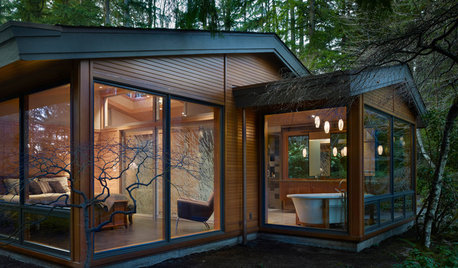
WORKING WITH PROS10 Things Architects Want You to Know About What They Do
Learn about costs, considerations and surprising things architects do — plus the quick route to pinning down their style
Full Story
WORKING WITH PROSWhat Do Landscape Architects Do?
There are many misconceptions about what landscape architects do. Learn what they bring to a project
Full Story
KITCHEN DESIGNStay Cool About Picking the Right Refrigerator
If all the options for refrigeration leave you hot under the collar, this guide to choosing a fridge and freezer will help you chill out
Full Story
BUDGETING YOUR PROJECTConstruction Contracts: What to Know About Estimates vs. Bids
Understanding how contractors bill for services can help you keep costs down and your project on track
Full Story
PETSSo You're Thinking About Getting a Dog
Prepare yourself for the realities of training, cost and the impact that lovable pooch might have on your house
Full Story
MOST POPULARWhat to Know About Adding a Deck
Want to increase your living space outside? Learn the requirements, costs and other considerations for building a deck
Full Story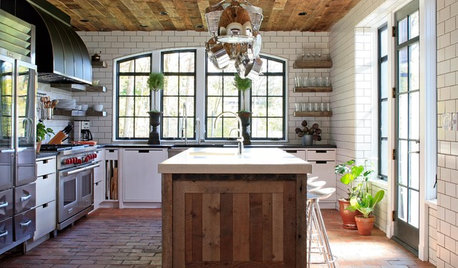
KITCHEN DESIGNWhat to Know About Using Reclaimed Wood in the Kitchen
One-of-a-kind lumber warms a room and adds age and interest
Full Story
GARDENING FOR BIRDSWhat to Know About Birds Nesting in Your Yard
Learn how to observe, record data and help ornithologists with NestWatch’s citizen science project understand bird trends
Full Story
WORLD OF DESIGNEngland’s Most Famous Garden Designer Has These Tips for You
Lancelot 'Capability Brown' was born 300 years ago, but his ideas about naturalistic landscape design may be more relevant than ever
Full Story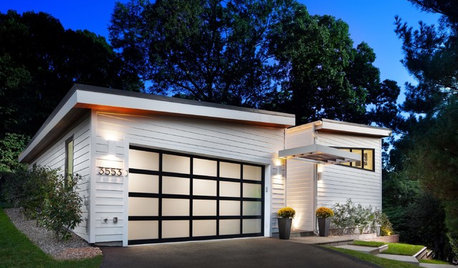
GARAGESKey Measurements for the Perfect Garage
Get the dimensions that will let you fit one or more cars in your garage, plus storage and other needs
Full StorySponsored
Columbus Design-Build, Kitchen & Bath Remodeling, Historic Renovations



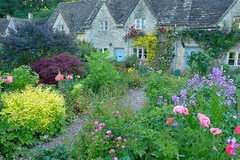





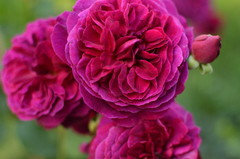




Melissa Northern Italy zone 8Original Author